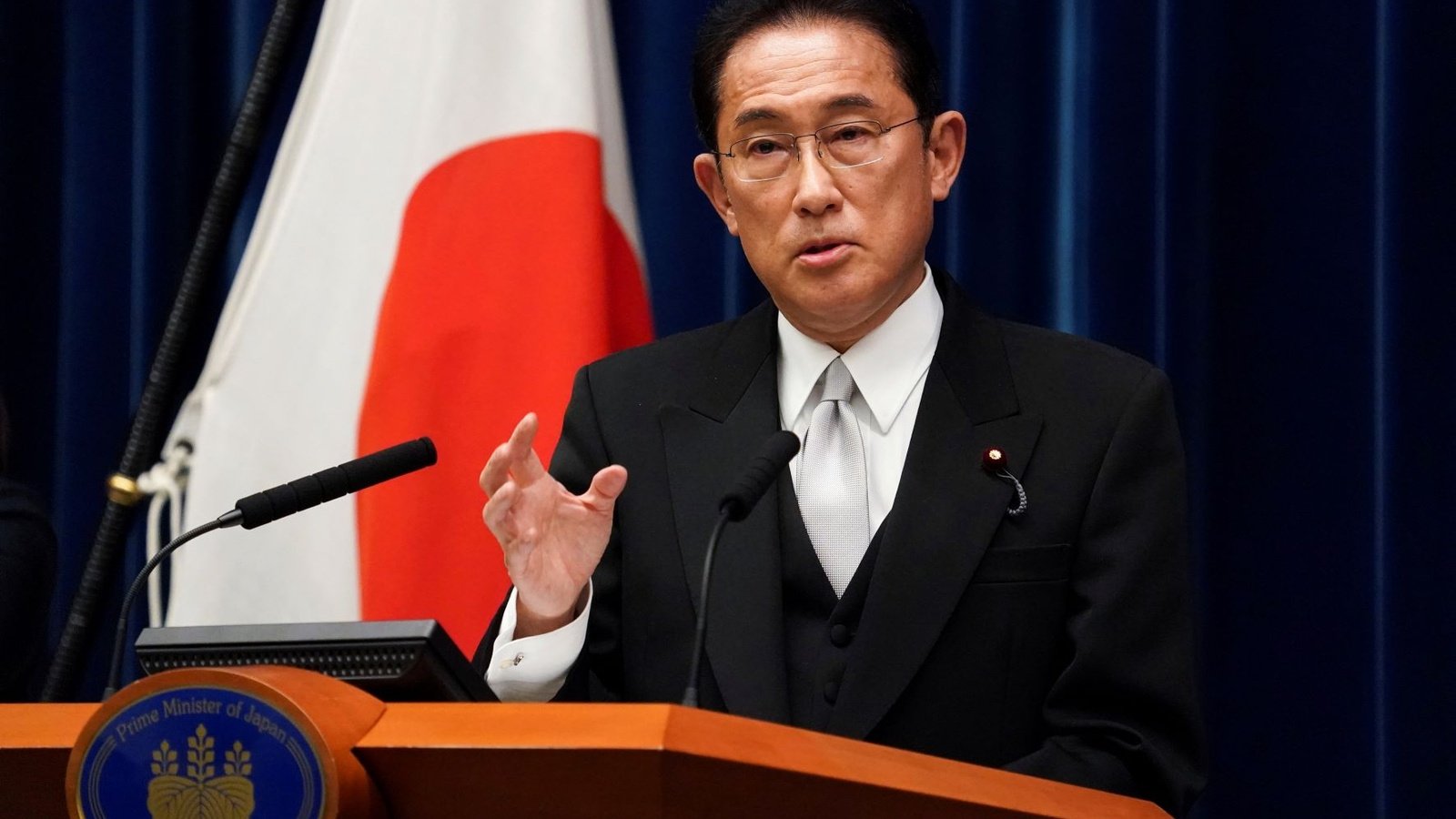For centuries, maps have shaped the way people understand geography, history, and even global power dynamics. Yet the image most of the world still relies on, the Mercator projection, has long been criticized for distorting the size of continents. Africa, in particular, often appears smaller than it really is, overshadowed visually by Europe and North America despite being significantly larger in landmass. In a move that highlights the importance of representation in education and policy, the African Union has called for the adoption of maps that depict the continent at its actual scale.
The discussion about Africa’s depiction on international maps isn’t recent, yet it has become more urgent as the continent aims to claim its deserved position in international matters. On the Mercator map, Africa looks smaller, whereas regions such as Greenland and Russia look overly large. In truth, Africa’s large scale can fit the United States, China, India, and a significant portion of Europe together. By advocating for maps that display these proportions correctly, the African Union aims to rectify misunderstandings that have existed for many years and have shaped perceptions of Africa’s economic and political status.
Map-making is not an impartial field. Each map design requires compromises among form, scale, and measurement. The Mercator projection, first created for sea voyages in the 1500s, emphasized true directional accuracy over balanced depiction of land masses. Although it transformed oceanic navigation, it became commonly used in education and publications, inadvertently supporting a skewed global perspective. The African Union’s advocacy for reform highlights the influence that these mappings have on our views and how persistent inaccuracies can sustain obsolete power structures.
For African leaders, the adoption of accurate maps is about more than geography; it is about visibility, dignity, and influence. When children in schools grow up seeing a diminished version of their continent, it subtly communicates that Africa is less significant than other regions. This perception, however subconscious, can affect cultural confidence and global narratives. By normalizing maps that show Africa’s true size, educators and policymakers can foster a stronger sense of identity and highlight the continent’s immense natural and human resources.
The call for accurate maps also intersects with broader discussions of decolonizing knowledge. Just as literature, history, and art are being revisited to challenge Eurocentric perspectives, cartography is undergoing a similar reassessment. For decades, critics have argued that traditional projections perpetuate a worldview shaped by European priorities. The African Union’s stance echoes movements across the Global South that demand tools of knowledge reflect balance and fairness. Correcting the map is thus symbolic of correcting historical misrepresentations that continue to influence international relations today.
In practical terms, embracing new map projections comes with its own set of hurdles. The Gall-Peters projection, for instance, is frequently mentioned as a more equitable option due to its preservation of relative land area. Nonetheless, it alters shapes, causing continents to appear elongated or squashed. Projections like Winkel Tripel or Robinson provide a balance by lessening the distortion of both area and form. The African Union has yet to support one specific alternative, but it promotes the adoption of projections that more accurately depict Africa’s real landmass, particularly in educational and diplomatic settings.
The implications of this shift could be significant. In economics, visualizing Africa’s true scale emphasizes its potential as a hub of growth. The continent holds vast reserves of natural resources, a young and expanding population, and an increasing role in global trade. When presented at its actual size, Africa is not peripheral but central, commanding attention as a continent whose physical presence rivals or exceeds many of the world’s largest economies combined. This visual reframing can strengthen arguments for investment and international partnerships.
In global politics, the precision of maps affects how power is perceived. For example, the United Nations uses maps for discussions, documentation, and planning for development. If a map downplays the size of Africa, it might inadvertently lessen the impact of the continent’s unified representation. With 55 countries, the African Union forms a significant faction in worldwide leadership. Advocating for map precision bolsters its position, not as an area requesting assistance, but as a continent meriting an equal position in influencing global policy.
For education, the shift could be transformative. Generations of students worldwide have grown up believing distorted maps represent the truth. In Africa, this has meant a legacy of underrepresentation in classrooms where young people should instead be learning about the immense size and diversity of their continent. Textbooks and digital platforms that incorporate accurate maps can change how future citizens see themselves and their place in the world. For students outside Africa, it may foster a better understanding of global balance and interdependence.
The project is in harmony with advances in technology. Platforms for digital mapping, such as geographic information systems (GIS) and online services like Google Earth, currently enable users to investigate the world beyond the constraints of static images. These tools showcase the real enormity of Africa in ways that old-fashioned educational maps never managed. By promoting wider usage of these technologies, the African Union is leveraging tech to enhance its communication and make accuracy a standard expectation rather than an anomaly.
Critics of the initiative sometimes argue that maps are symbolic, and real progress for Africa lies in addressing issues such as poverty, governance, and infrastructure. However, supporters counter that symbolism matters. Maps are foundational to how people imagine the world, and perceptions shape policy, trade, and cultural narratives. Misrepresentation at a geographic level reinforces deeper structural inequalities. Correcting the map does not solve every problem, but it contributes to reframing Africa’s image in a way that supports broader ambitions for equality and development.
Historically, Africa has often been misrepresented not just in maps but in how its history and contributions were documented. The push for accurate cartography complements efforts to reclaim narratives about African civilizations, innovations, and cultural heritage. It positions geography as part of a larger struggle for fairness in knowledge systems. By confronting distortions in something as fundamental as a world map, the African Union demonstrates its determination to reshape the continent’s image at every level, from education to diplomacy.
The call for map reform has already sparked international discussion. Some schools in Europe and North America have begun introducing alternative projections to highlight issues of bias in geography. Nonprofit organizations dedicated to global education have also voiced support for teaching students about the limitations of different projections. The African Union’s stance adds political weight to this movement, giving it legitimacy and urgency. If adopted widely, it could transform how future generations around the world conceptualize the continent.
The symbolism of Africa claiming its true size on the global map cannot be overstated. It challenges outdated assumptions and places the continent visually at the scale it has always occupied physically. For Africans, it reinforces pride and recognition of their home as vast, diverse, and central to humanity’s story. For the rest of the world, it serves as a reminder that perspectives shaped by history can—and must—be revisited in pursuit of accuracy and fairness.
The African Union’s call for map reform is about more than geography. It is about rewriting how the world sees Africa and, by extension, how Africa sees itself. A continent that has too often been marginalized in representation now demands to be seen as it truly is: expansive, resourceful, and influential. Correcting the map is not merely an academic exercise but a step toward correcting the imbalance in global narratives. And as the African Union insists, acknowledging reality is the first step in building a more equitable future.


